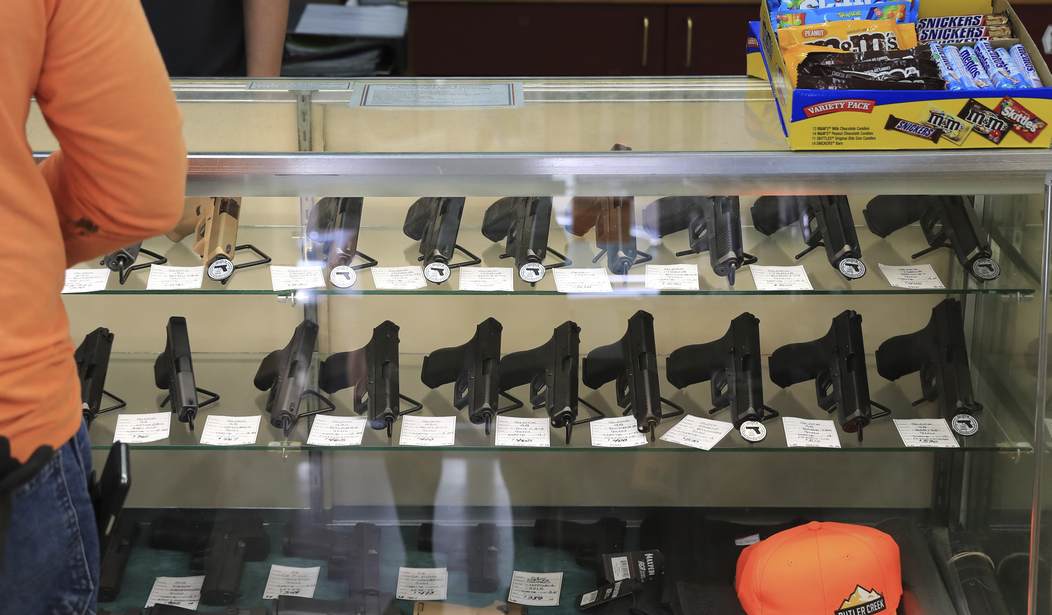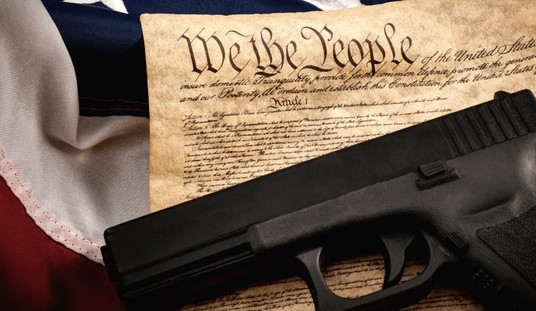The Milwaukee Journal-Sentinel isn’t the only paper that’s been running a multi-part series on guns and gun owners in recent days. The Los Angeles Times has its own series called Arming America that “explores gun access in the United States with a tilt toward California,” and while the two series are looking at different aspects of the right to keep and bear arms, it does look like there’s one commonality between the two; a realization on the part of the reporters that the issue they’re exploring isn’t as simple as gun control activists would have us believe.
As Journal-Sentinel reporter John Diedrich told me, his series “Behind the Gun” was originally meant to be a deep dive into gun-involved deaths in Wisconsin, and as he started to learn more about the issue he began to appreciate the complexity surrounding the issue.
“I guess what we leaned into is when you see simple narratives, you know, beware,” Diedrich said on Bearing Arms Cam & Co. “It’s more complicated, and the world is more complicated than those little soundbites. And you know, social media does that really well. It simplifies things. It flattens people too. It flattens people’s stories and doesn’t show the complexity within them.”
It sounds like the Los Angeles Times reporters had a similar experience as they were working on Arming America. As Times deputy director for data and graphics George Levines writes, when the writers “set out to determine the relationship between gun dealers and gun violence”, they started with the hypothesis that more gun stores would equate to more violent crime, but they were confronted with a much more complicated reality.
With few exceptions, data reporter Gabrielle LaMarr LeMee found a small, inconsistent relationship between increased presence of gun dealers and gun violence. The underwhelming national result surprised her and investigative and enterprise reporter Connor Sheets.
It took the reporters months to get to that conclusion and it upended most of their future reporting.
The findings required new questions and a better understanding of how the business and its regulators operate. We started with some version of “how does an increase in gun dealers impact gun violence?” and an assumption that we’d show readers a simple map connecting the most violent areas to the most gun dealers. We ended with more questions that were increasingly difficult to answer:
- Given the limited effect, why is there an ongoing push to restrict dealers in California?
- How do guns travel from manufacturers to crime scenes?
- Where are regulations failing?
- Can we prove any of this with data?
The Times reporters still assert that their data shows a 4.8 percent increase in gun-involved homicides from “one additional dealer per 100 square miles in a county and neighboring counties”. I’m reluctant to accept that at face value given the variable nature of homicide rates, but even if we do accept that premise for the sake of argument, Levines says that figure makes it difficult, if not impossible, to curb gun-involved crime by targeting federally licensed firearm retailers.
In the end, one finding stood out to me in particular: Significantly reducing gun violence by reducing gun dealers would require unprecedented levels of regulatory coordination across city, county and perhaps even state lines — so unprecedented that it is probably not realistic.
In Los Angeles County, for example, it would mean more than 160 cities across the county and four neighboring counties combining efforts to dramatically reduce the number of gun retailers in the region, nearly 35,000 square miles.
That “unprecedented coordination” Levines talks about would lead to a 1 percent reduction in homicides, according to the data compiled by the Times; a figure that is statistically insignificant and well within their study’s margin of error.
This leads to all kinds of questions that challenge the gun control narrative that more guns (and more gun stores) equals more crime, and that cracking down on legal gun owners and the right to keep and bear arms is the only real way to improve public safety. It remains to be seen just how willing the Times will be at confronting that narrative, but at the very least the reporters are informing their readers that making Los Angeles a safer place is far more complicated than going after gun shops and lawful commerce in arms. That’s a start, and I’m curious to see where the Los Angeles Times will go from here.









Join the conversation as a VIP Member